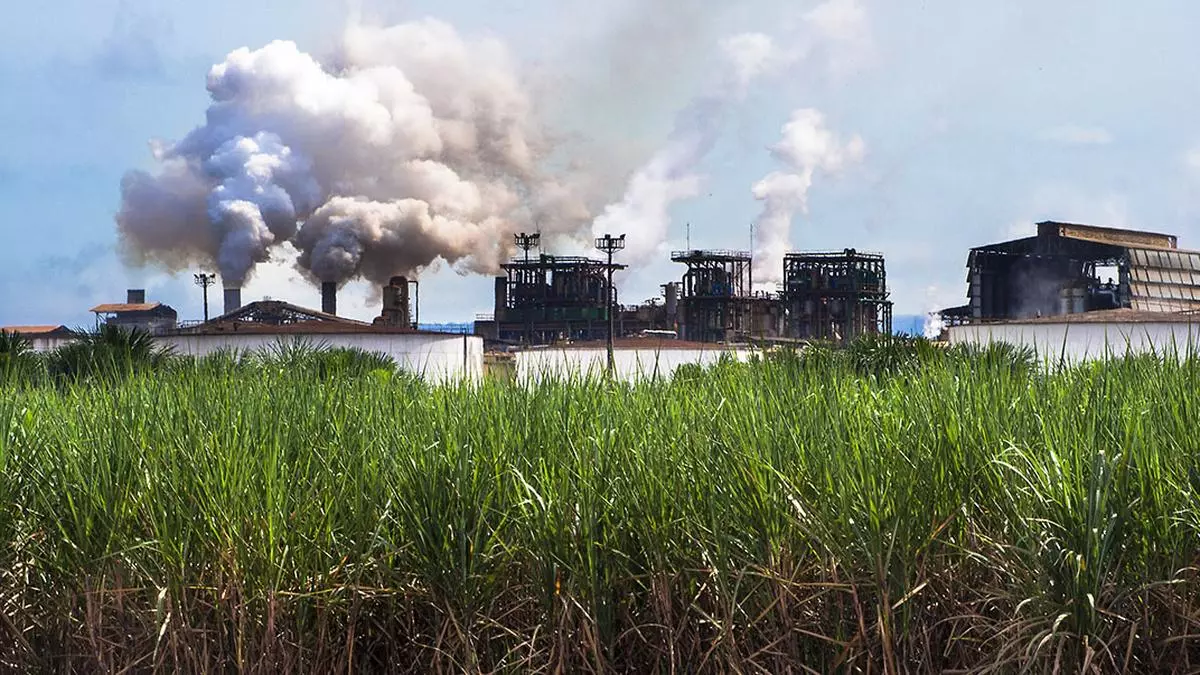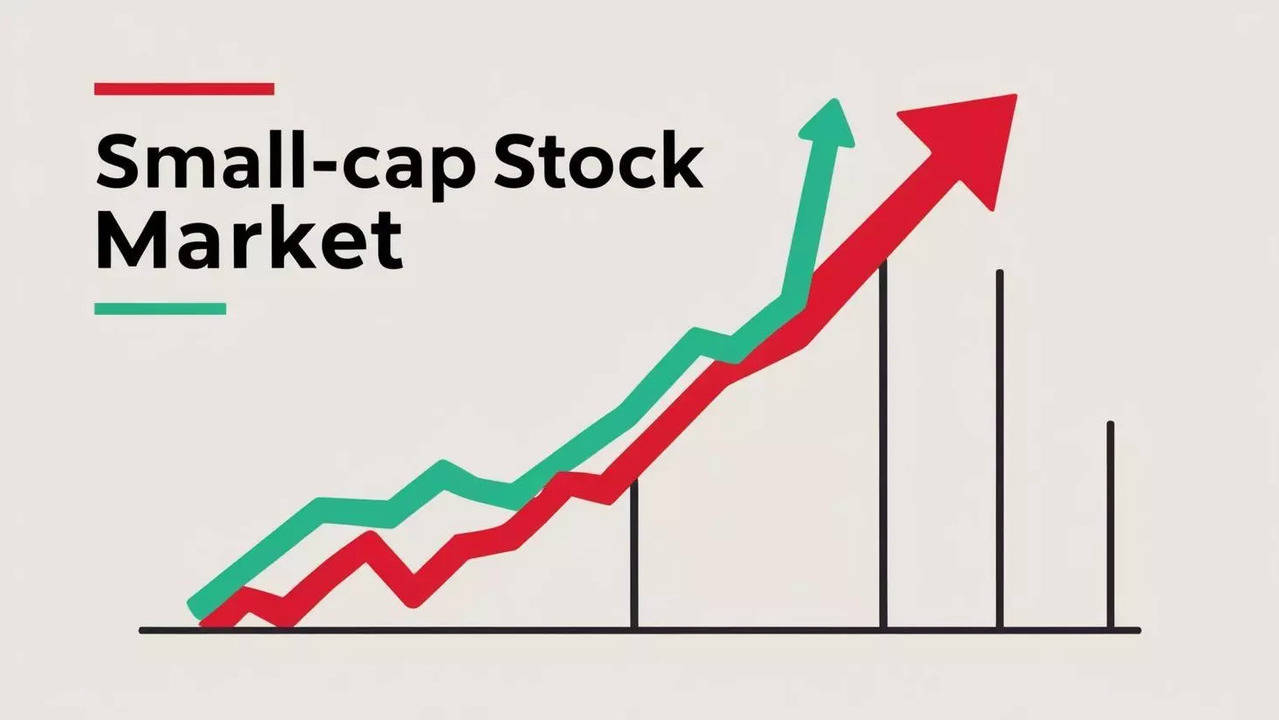
This analysis examines the Indian ethanol production landscape for 2024-25, considering government policies, feedstock economics, and crucial additional factors that shape the market’s dynamics. The government’s emphasis on ethanol blending necessitates a comprehensive understanding of these elements for all stakeholders. The government’s ethanol procurement prices per litre aim to diversify feedstock use and ensure a stable supply: Profitability depends on feedstock cost, ethanol yield, and byproduct revenue.
The following table summarises key economic indicators : Sugarcane juice B-heavy molasses C-heavy molasses Maize Broken rice FCI rice Byproduct revenue, primarily from DDGS, is a key driver of profitability in grain-based ethanol production. The substantial contribution of byproduct revenue is a game-changer for grain-based ethanol, ensuring profitability even with relatively higher feedstock expenses. The government’s focus on FCI rice and maize aligns with their cost-effectiveness and scalability.

Key insights & additional considerations : India’s ethanol sector is evolving rapidly. Grain-based feedstocks, particularly maize and FCI rice, are positioned to play a crucial role in achieving blending targets. However, navigating policy risks, feedstock price volatility, and logistical challenges will be essential.
A holistic approach, incorporating technological advancements, environmental considerations, and accurate demand projections, will be crucial for the sustainable growth and success of the Indian ethanol industry. (The author is Managing Director of Samarth SSK Ltd and Co-Chairperson of the Sugar Bioenergy Forum (SBF) under the Indian Federation of Green Energy.) Comments.















